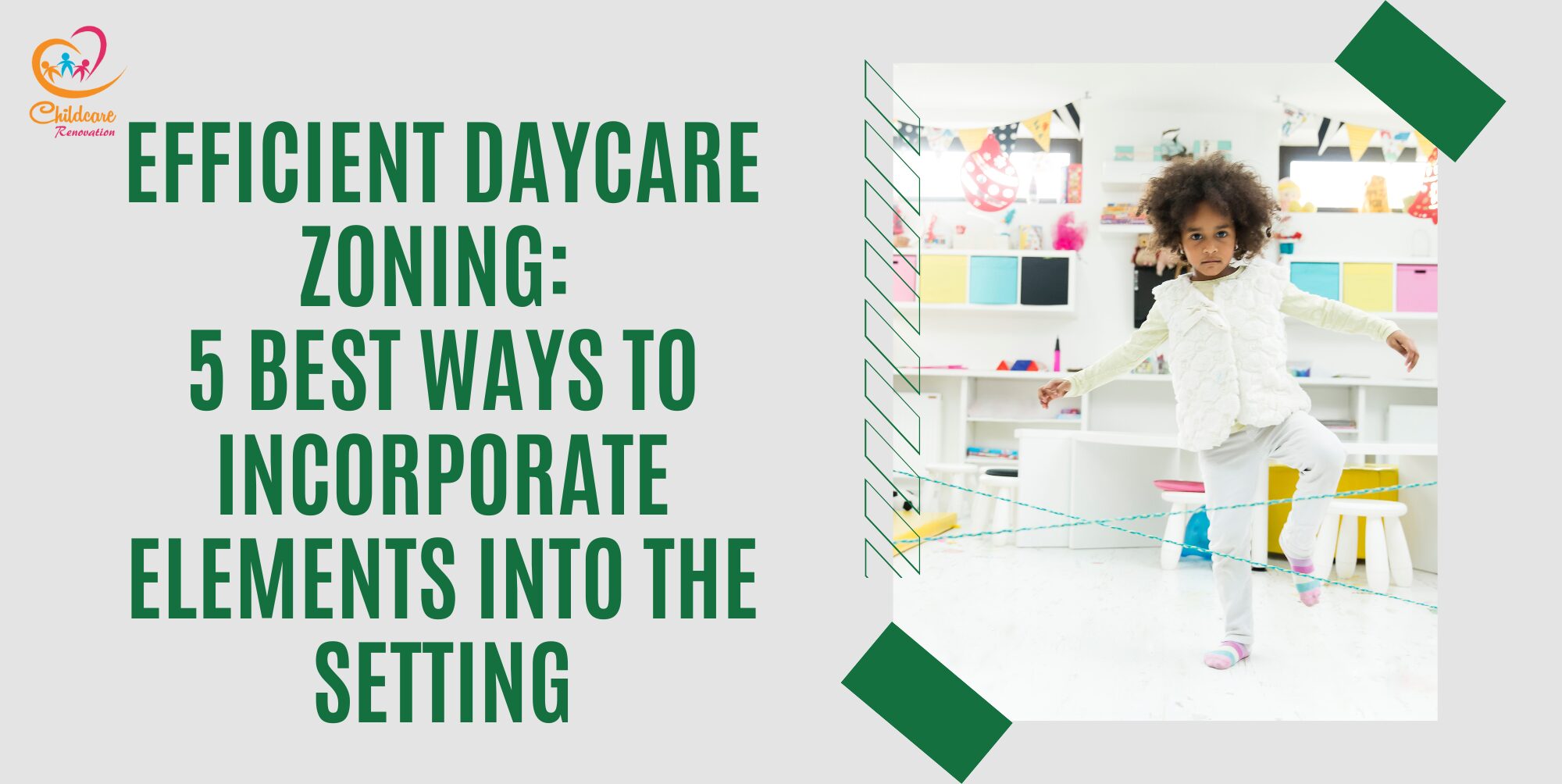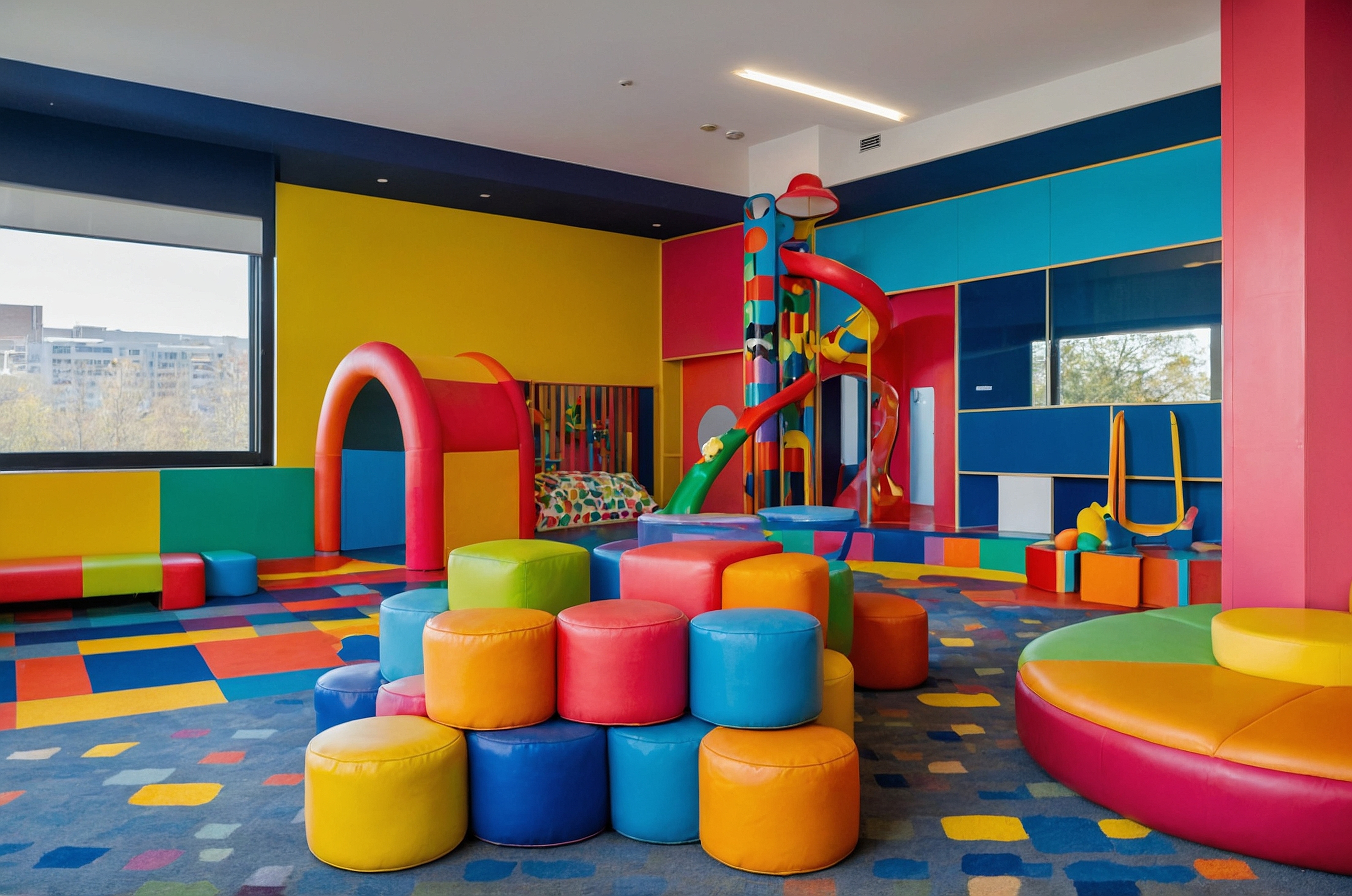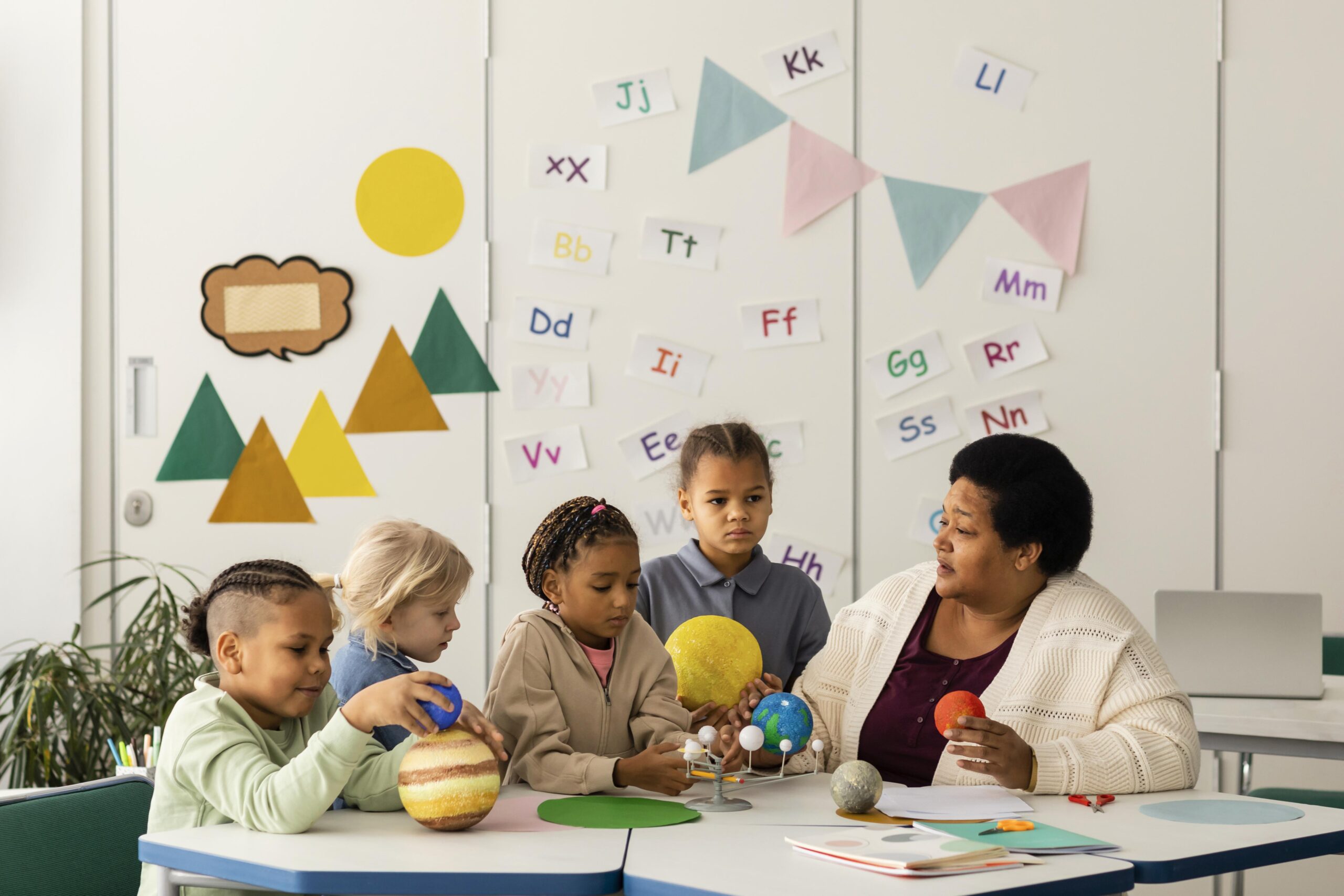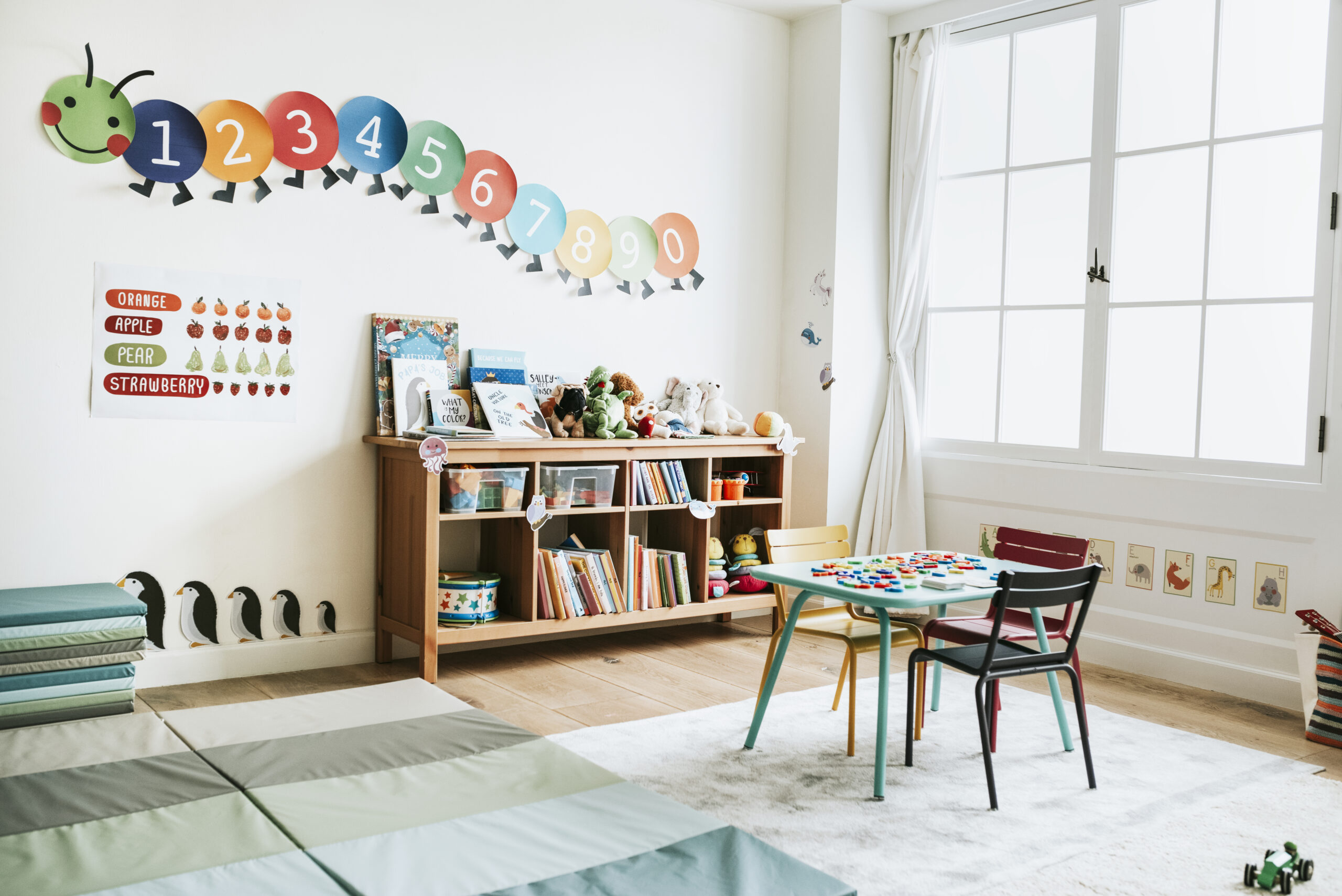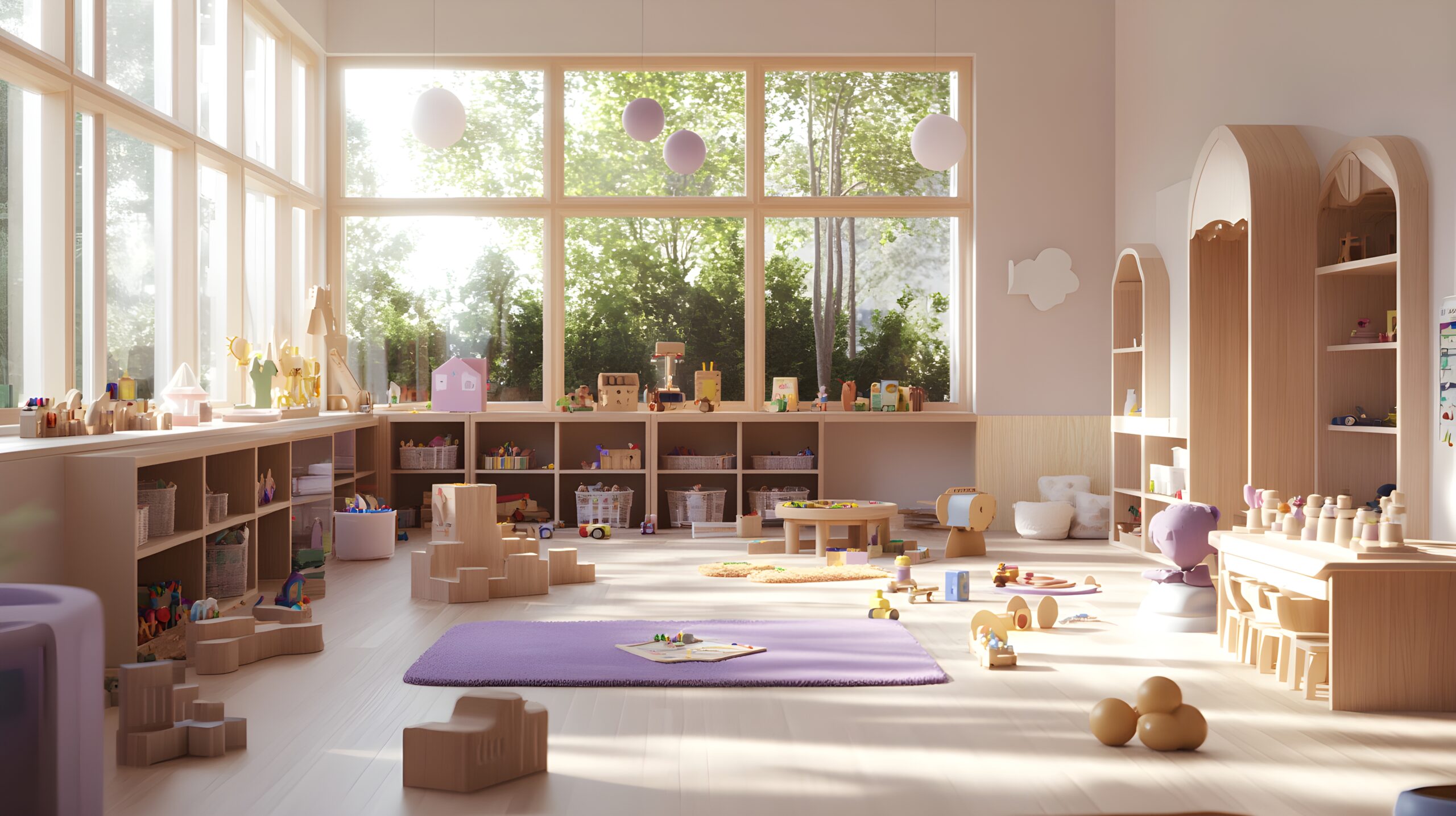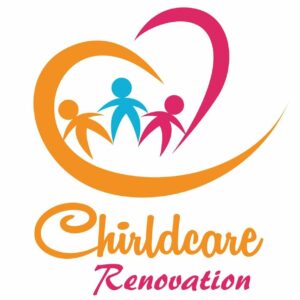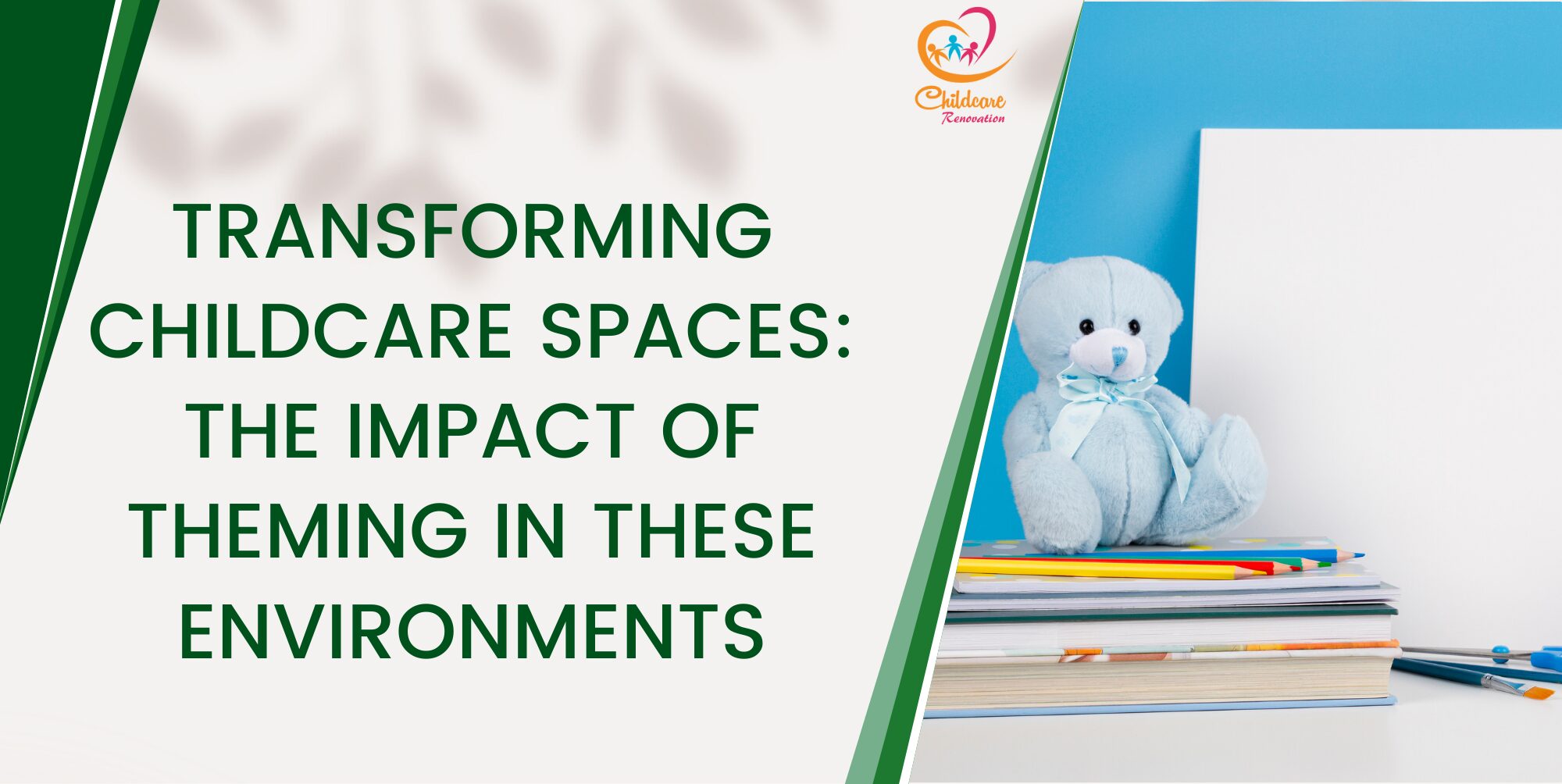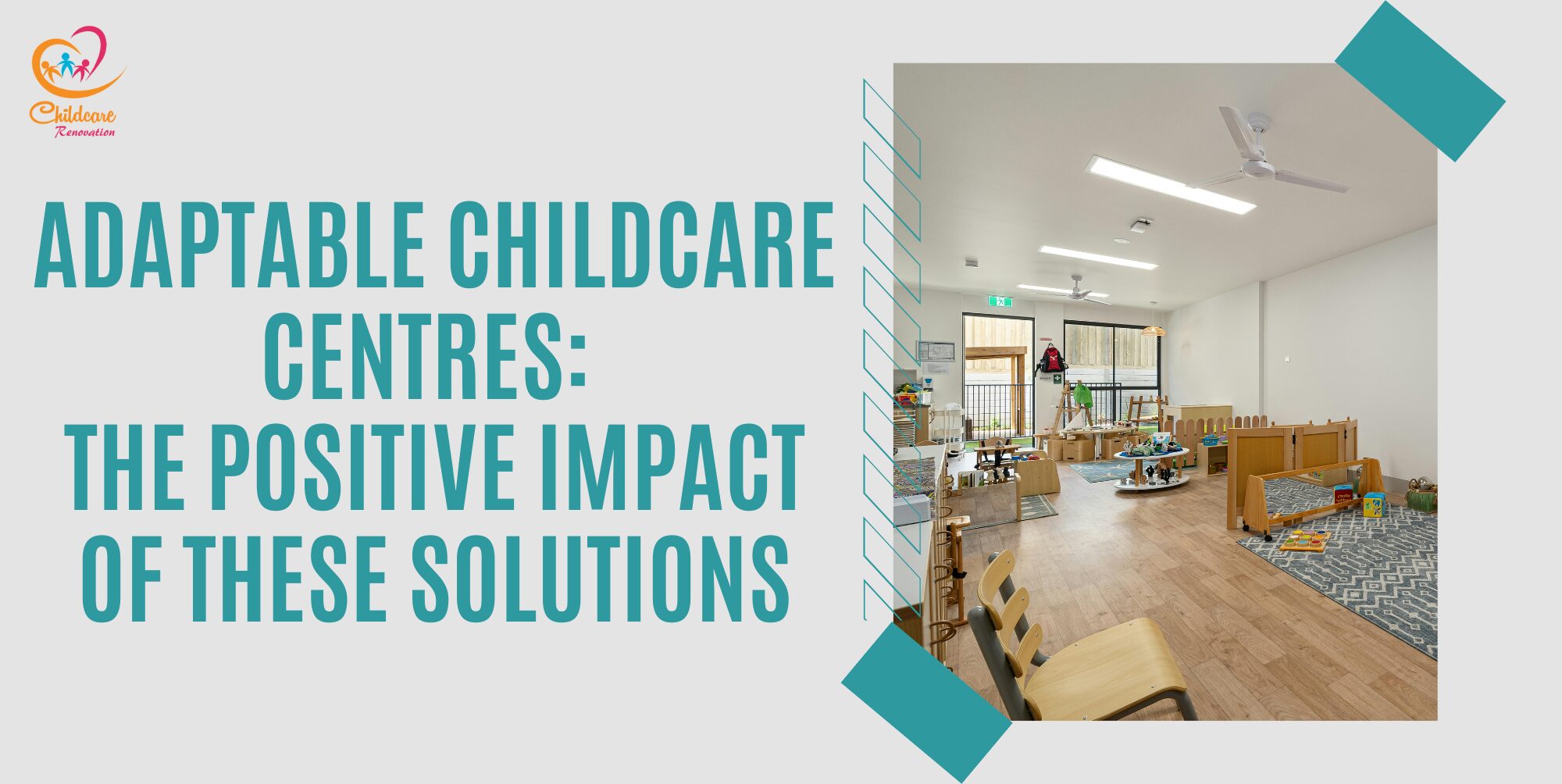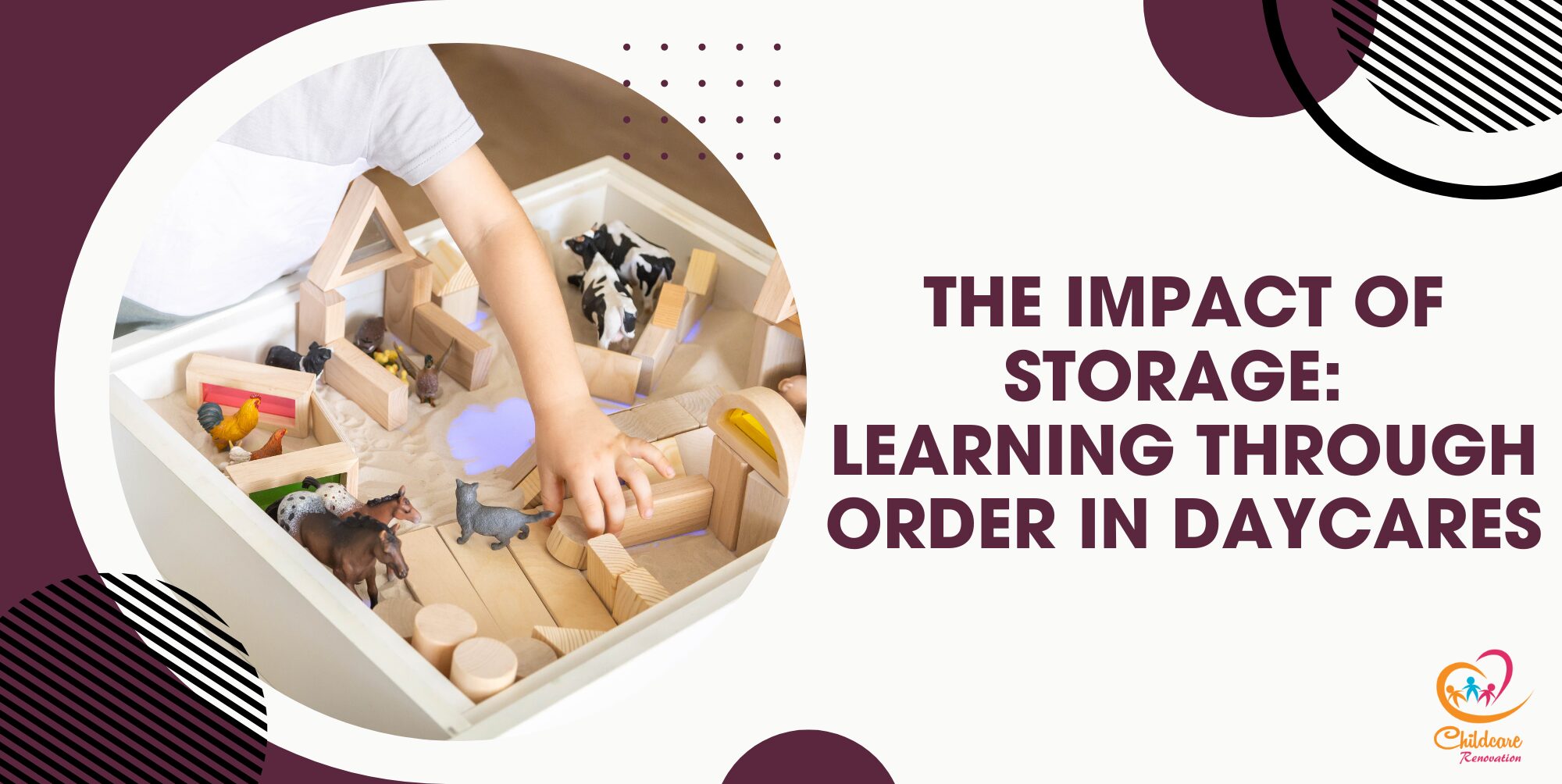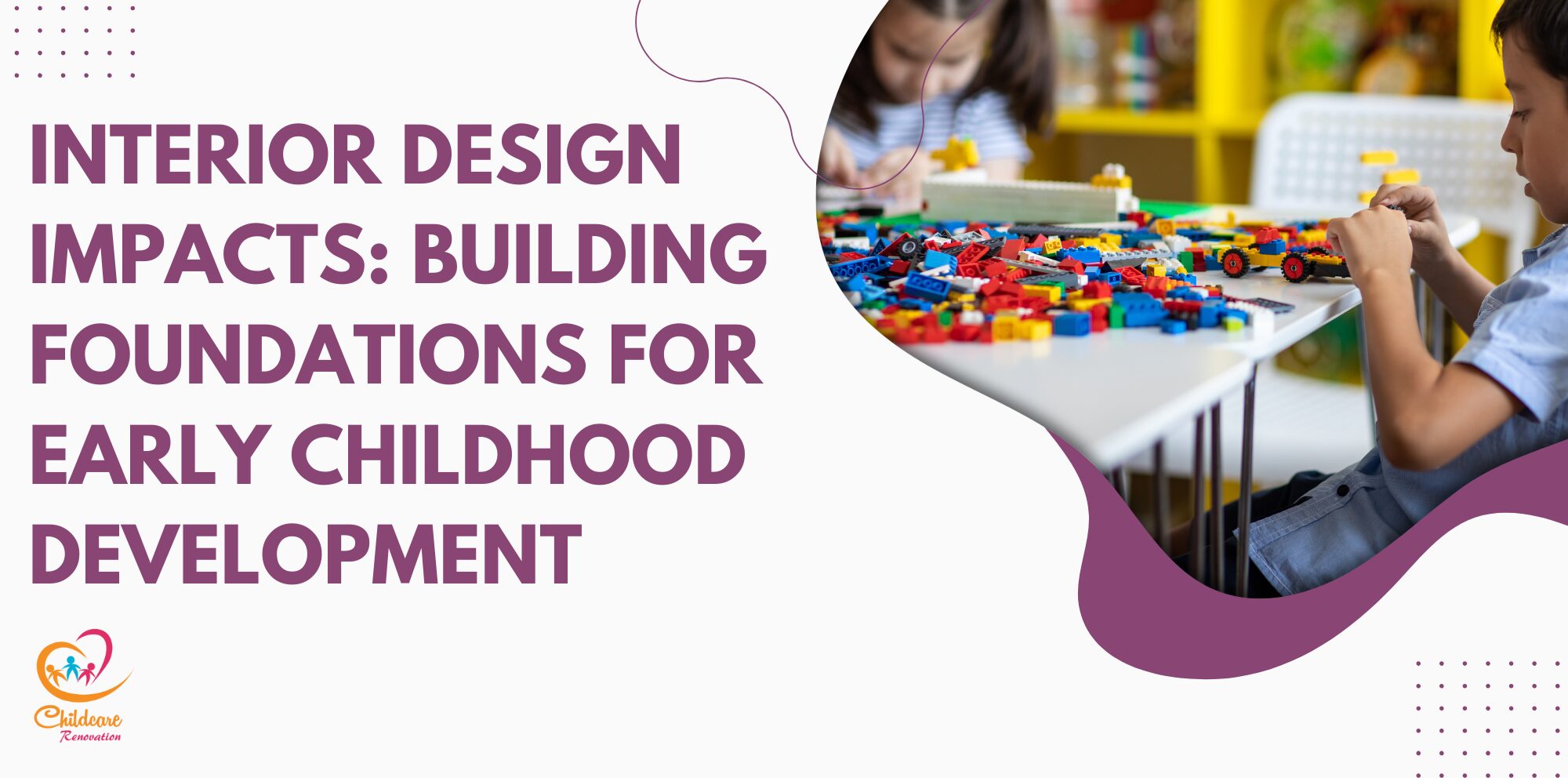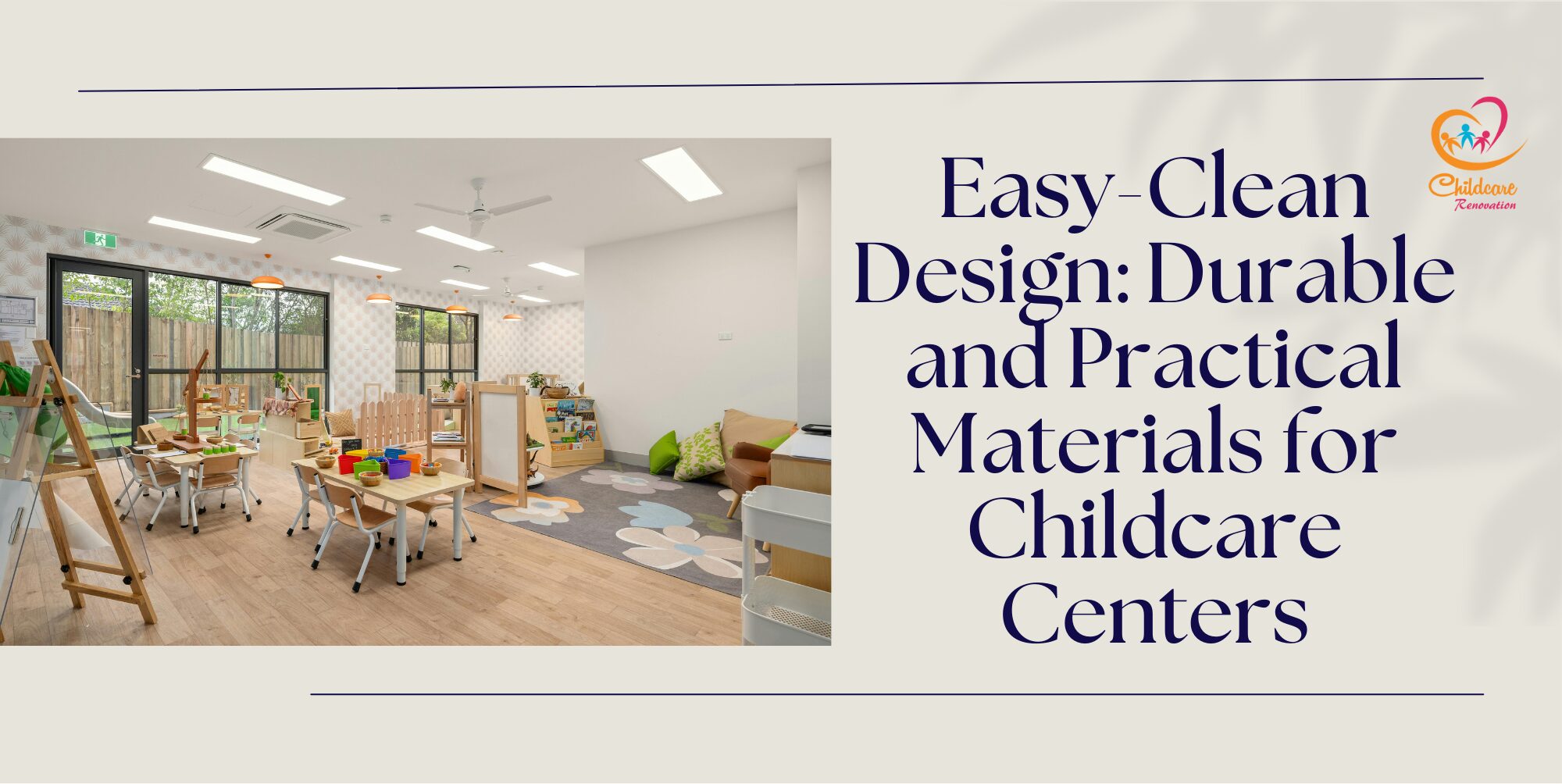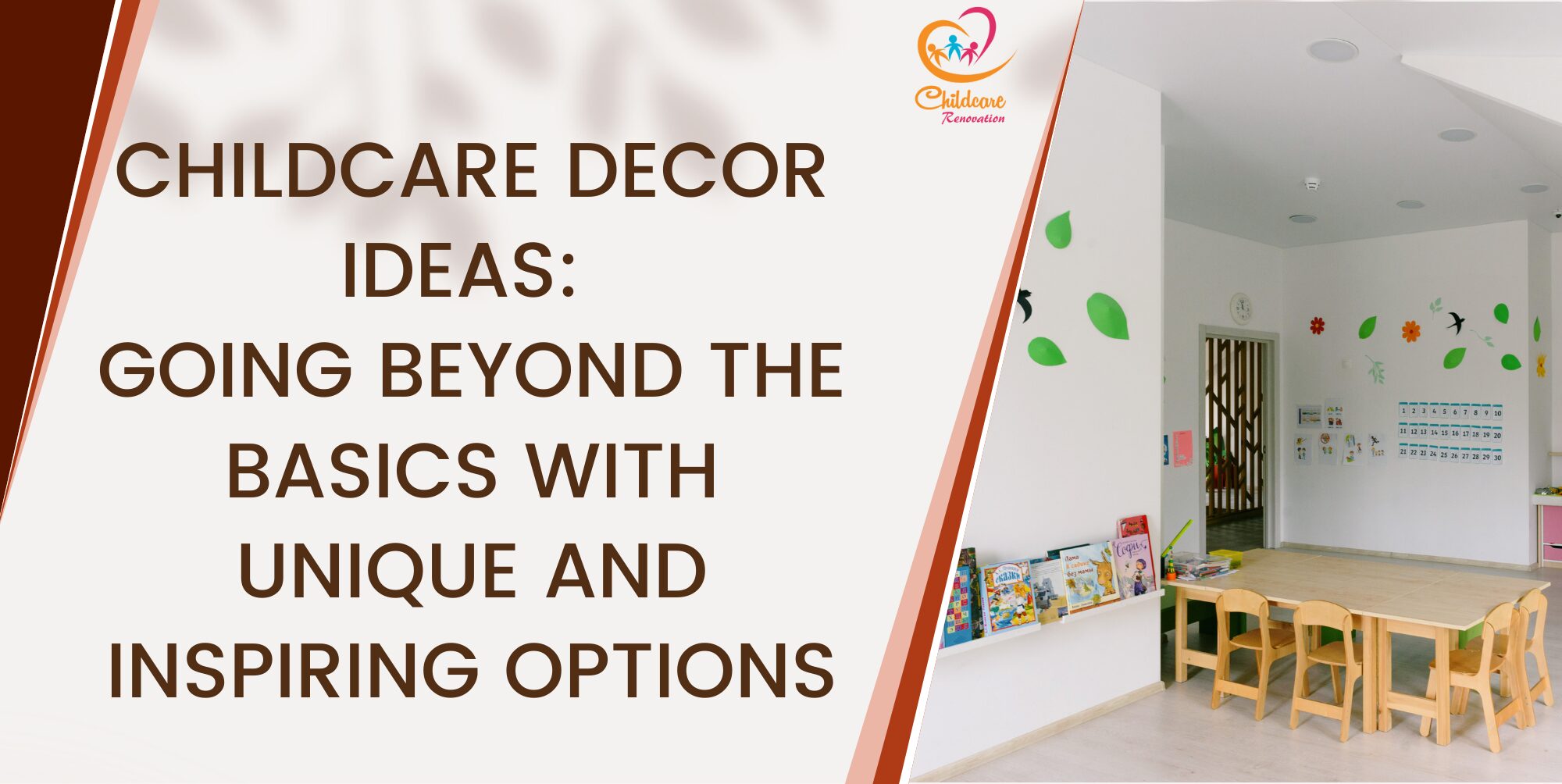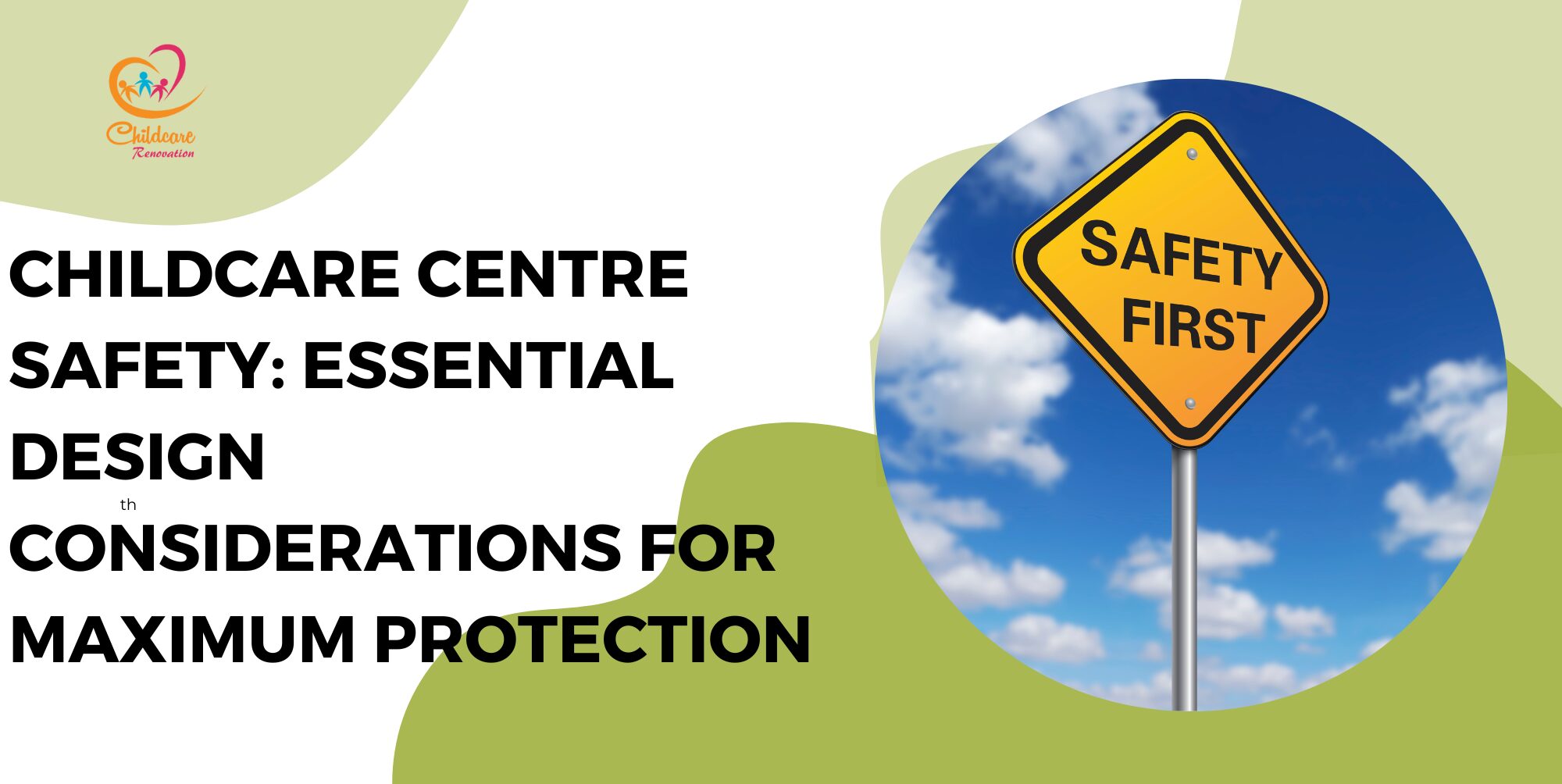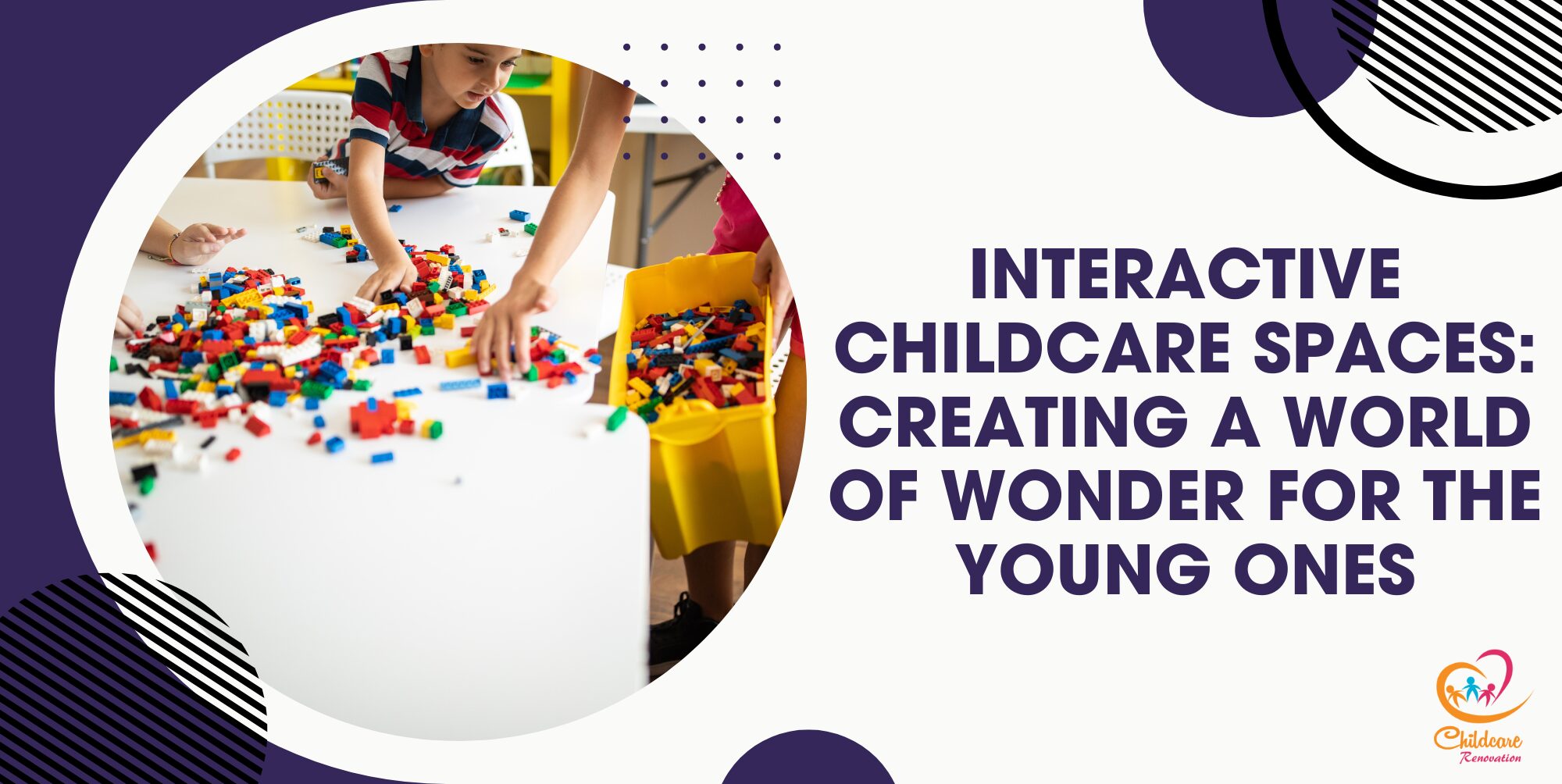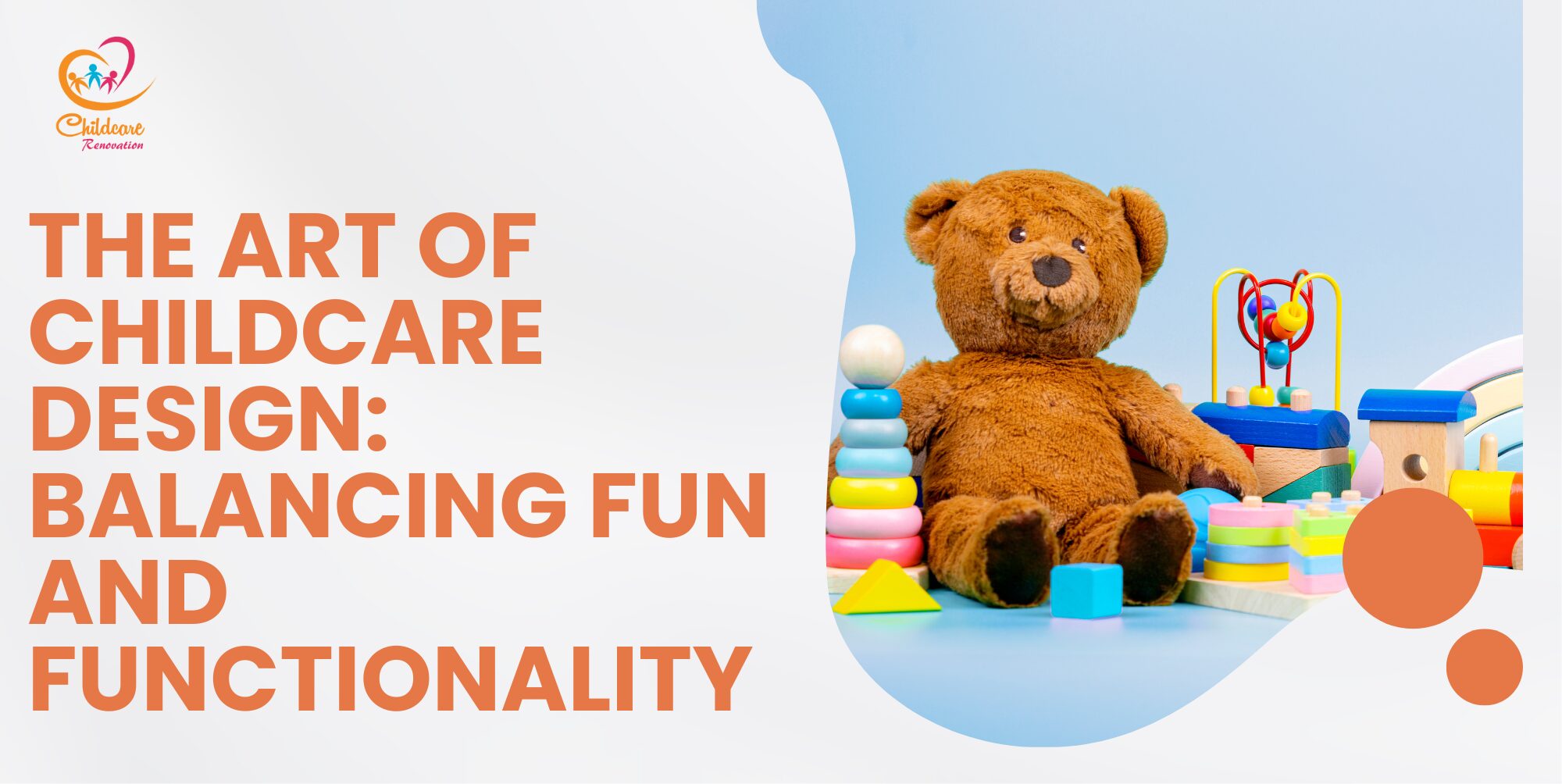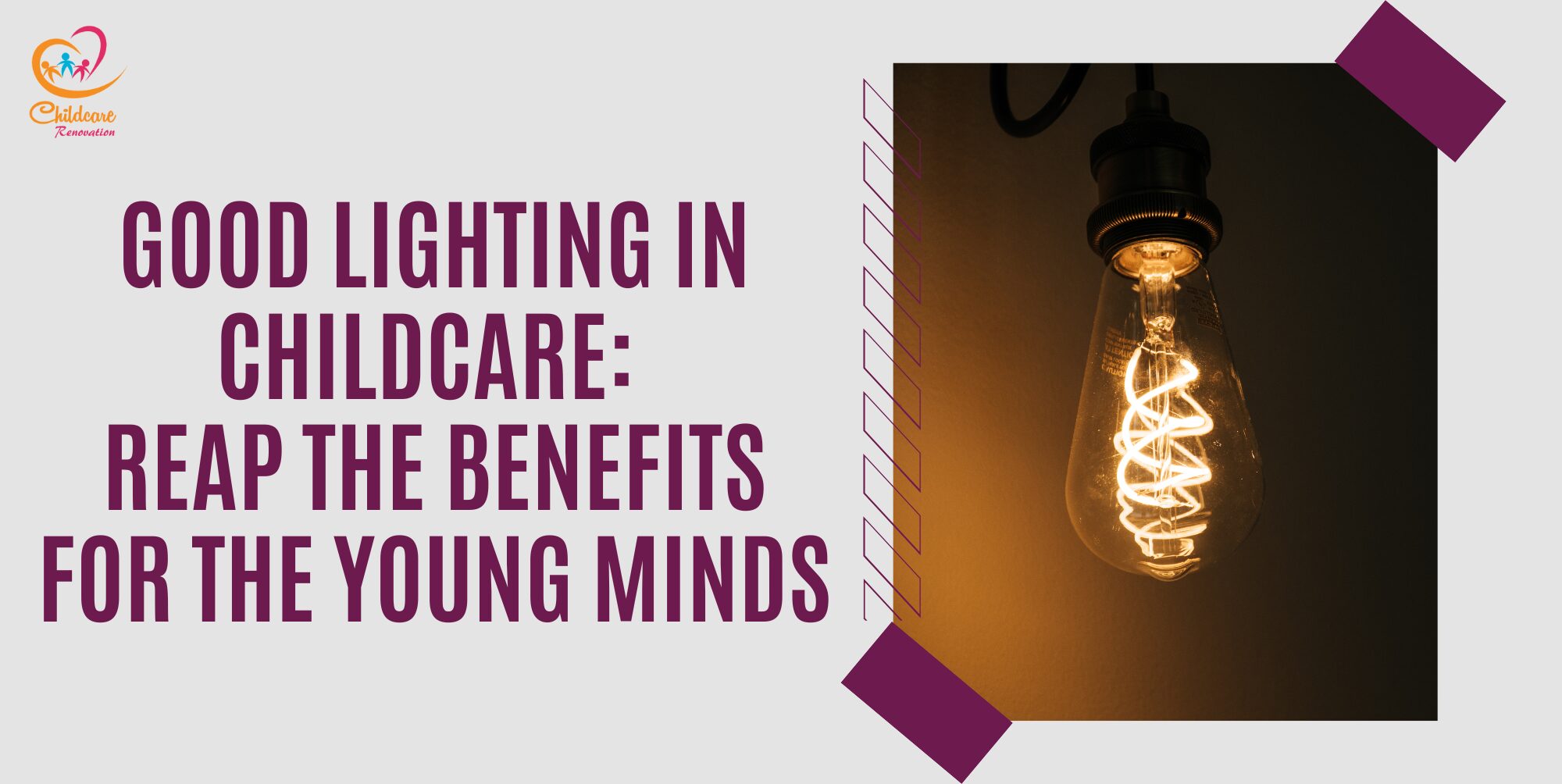Efficient daycare zoning can be done by following a few tips and tricks — creating a setting that is functional and maximising on efficiency at the same time. Here are 5 best tips when it comes to zoning in daycares.
Efficient Daycare Zoning #1: Creating Zones Based On Activity
Activity zones are a basic approach to effective zoning in daycare centres — enabling organisation and developmental learning. To that effect, dividing the space into areas with specific activities will enable childcare centres to create a well-structured environment that will enhance the experiences of children and promote their growth.
Key development areas may include a quiet zone for reading and rest with soft lighting, comfortable seating, and soothing colours that make children want to read, be quiet or sleep, an active play zone for developing the child’s motor skills through play with safe climbing structures, mats and colourful decor that provides an excellent avenue for mobility and energy.
Meanwhile, a creative zone fosters creativity with hand paints, crafts, building blocks and other materials to allow children to express themselves with their hands. Equally important is an outdoor zone which helps provide the opportunity for children to be in nature and for motor skill development through playing outdoors in groups. Clear boundaries using coloured flooring or low dividers for visual hints let children easily understand what is expected of a particular zone. This helps reduce chaos and encourages focused play.
Flexibility is also very important — movable furniture for flexibility in space according to various activities and different sizes of groups. Overall, well-designed activity zones create an organised and appealing environment while enhancing children’s learning, social skills and emotional health — this acts as one of the most essential elements of effective daycare centre design.
Efficient Daycare Zoning #2: Sensory Based Zones
Sensory zones help with effective zoning in childcare centres that fulfil the multiples of needs a child may have. These specially designed areas give the child a chance for a quiet retreat from the fast pace of a regular daycare. Integrating soft textures, gentle lighting and soothing sounds allow these sensory-rich zones to foster self-regulation and emotional well-being. It can be integrated into a variety of activities within one sensory zone from tactile play with sand, water or sensory bins filled with rice or beans for tactile and fine motor exploration to soft seating such as beanbags or cushioned mats which invite children to relax and wind down while feeling safe and comfortable.
Accessibility and visibility are very important while designing sensory zones so that caregivers may keep a watch on the child without interrupting his or her independent exploration. Besides using calming colours, the natural materials will also contribute to the soothing atmosphere of such a zone — making it inviting for children to take breaks and recharge in such a zone. It provides not only a much-needed outlet to explore their senses but helps in general organisation of the daycare by providing them a place to go to when they need to regulate their mood and sensory input. Such thoughtful zoning promotes a smoother environment with less stress for both children and caregivers alike.
In a childcare setting, the integration of sensory zones will enable caregivers to provide a nurturing and non-judgmental environment that promotes learning, exploration and emotional resiliency — skills bound to affect overall quality care and development in young children.
Efficient Daycare Zoning #3: Zones Based On Age Groups
Segregating age groups within a childcare centre can be an important technique in order to further provide a nurturing environment by taking into consideration the different developmental needs of children. Segregation by age such as separating infants, toddlers and preschoolers enables caretakers to give more specific experiences aimed at safety, involvement and learning.
Infants often require quiet and nurturing zone with soft furnishings and safe play equipment to promote secure attachment and sensory development in quiet activities, exploration of the senses and rest. For toddlers, this could be quite dynamic including within the zone physical play areas appropriate for this age such as sturdy furniture and interactive toys that motivate curiosity and motor skills. It should be a space where the child has ample opportunity for independent exploration and guided activities that will help with socialisation and language development.
Preschoolers need an environment where creativity is pitted against cognitive challenges — their area could include art supplies, building materials and areas for imaginative play that help with critical thinking and collaboration. Clearly defined zones minimise distractions for caregivers — allowing children to focus on activities that are relevant for their stage of development and enhance learning. Separating the children into zones by age groups enhances transition across activities without causing chaos and the children will feel safe and understood. This systematic way of zoning further helps educators plan and execute age-related activities while maximising the learning in their tender years while nurturing a sense of community among children falling into similar stages of development.
Conclusion zoning into age groups benefits daycare centres on many fronts including safety and organisation as it provides a concrete base for sound social interaction, emotional development and all-round growth — ensuring each child receives the right support to excel during his or her formative years.
Efficient Daycare Zoning #4: Zones For Transitional Purposes
In a successful childcare centre, transition spaces help the children to transition smoothly and maintain order — promoting smooth flow in daily activities. Typically, transitional space is situated between main activity zones and is used to accomplish most of the important daily activities for a child such as putting on coats, removing shoes or going for meals and naps. Transition areas serve as natural buffer zones — greatly reducing the chances of chaos during specific peak times such as drop-off, pick-up and transitions during meals.
A well-planned transition area will reduce interference to the other zones so that smooth and orderly transitions of children take place from one activity to another. For example, cubbies, hooks or shelves near an entrance promote children’s efficient storage of personal belongings and make the entering and leaving processes more organised. Transition areas can also be designed to offer child-friendly features — low benches, step stools or visual guides that promote independence and enable even the youngest children to perform tasks independently such as washing hands or getting items with little assistance.
These areas also help develop obvious demarcation lines between various zones. By giving children a physical space in which to shift gears from active playtime to quiet time facilitate smooth and predictable routines. This structure not only provides a sense of security but also facilitates ease of supervision and creating a calmer and more orderly atmosphere. Well-designed transition areas are very contributing to the total efficiency and functionality of any daycare centre.
Efficient Daycare Zoning #5: General Flexible Zones
Creating effective zoning in daycare centres requires the development of flexible zones since young children’s needs are dynamic. Unlike the more rigidly designed spaces, flexible zones use movable furniture and modular design to make spaces that can transform in any manner according to the daily activities or group sizes.
For instance, a creative area can be easily transformed into an area for creative art projects by simply rearranging tables and adding storage for supplies or cleared of all furniture for movement activities during active play. This ease not only maximises use of space but also allows different activities at different times of the day which spur creativity and motor development in the children. Flexibly defined zones can also support cooperative learning by easily accommodating large and small groups — from quiet, individual times to larger group assemblies for storytelling or games.
With lightweight furniture and partitions, caregivers can make rapid and playful changes in the environment to follow children’s interests. This approach also further allows independence in children as they learn to move around and use the space appropriately — knowing where everything is and how to contribute towards maintaining their environment. Large and flexible zones can also create improved safety and cleanliness — easily movable furniture allows for deeper cleaning and there can be clear pathways maintained for safe access to various exits and resources.
The use of flexible zones in care allows efficiency with respect to the use of physical space while allowing and supporting a responsive, engaging and appropriate learning environment for increased success on both children’s and caregivers’ parts. This innovative zoning methodology realises that a child’s environment is one of the most significant features in their development and growth — flexibility should be an innate characteristic of a daycare’s modern design.
Speak with The Experts
Planning to get started at your kindergarten but have no idea about it?
Childcare Center Renovation Singapore is a reliable company for renovation and interior design. They have about ten years of experience in this field and have a good reputation among customers.
Call us now to get your desired kindergarten design ideas now!

